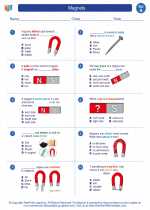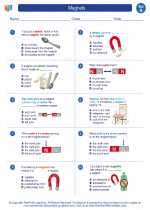Arteries
Arteries are blood vessels that carry oxygenated blood away from the heart to the rest of the body. They are a part of the circulatory system and play a crucial role in maintaining the flow of blood throughout the body.
Structure of Arteries
Arteries have a thick, muscular wall that allows them to withstand the high pressure of blood pumped from the heart. The inner lining of arteries is smooth and allows blood to flow freely without clotting. Arteries also have a layer of elastic tissue that helps them expand and contract as blood is pumped through them.
Function of Arteries
The primary function of arteries is to carry oxygenated blood from the heart to the tissues and organs of the body. As the heart beats, it pumps blood into the arteries, which then deliver the blood to the rest of the body. Arteries also play a role in regulating blood pressure and maintaining proper blood flow throughout the body.
Types of Arteries
There are three main types of arteries:
- Elastic Arteries: These are the largest arteries in the body and are responsible for conducting blood from the heart to the smaller arteries. They contain a high proportion of elastic fibers, allowing them to expand and recoil with each heartbeat.
- Muscular Arteries: These arteries have more smooth muscle in their walls and are responsible for distributing blood to specific areas of the body. They help regulate blood flow to different organs and tissues.
- Arterioles: These are the smallest arteries and are responsible for regulating blood flow into the capillary beds of the body's tissues.
Study Guide
Here are some key points to remember about arteries:
- Arteries carry oxygenated blood away from the heart.
- They have a thick, muscular wall and an elastic layer that helps them withstand the pressure of blood flow.
- There are three main types of arteries: elastic arteries, muscular arteries, and arterioles.
- The main function of arteries is to deliver oxygenated blood to the body's tissues and organs.
Understanding the structure and function of arteries is important for understanding how the circulatory system works and how the body delivers oxygen and nutrients to its cells. It's also important for understanding conditions such as high blood pressure and atherosclerosis, which can affect the health of the arteries.
For more detailed information, diagrams, and study resources on arteries, you can refer to your science textbook or reputable online sources.
[Arteries] Related Worksheets and Study Guides:
.◂Science Worksheets and Study Guides First Grade. Magnets

 Worksheet/Answer key
Worksheet/Answer key
 Worksheet/Answer key
Worksheet/Answer key
 Worksheet/Answer key
Worksheet/Answer key
 Vocabulary/Answer key
Vocabulary/Answer key
